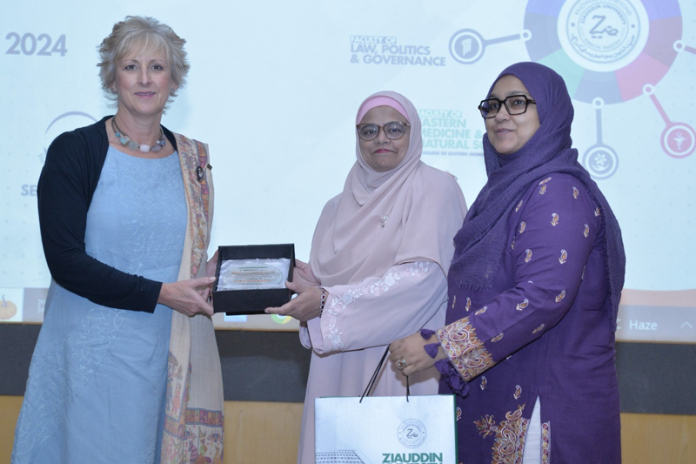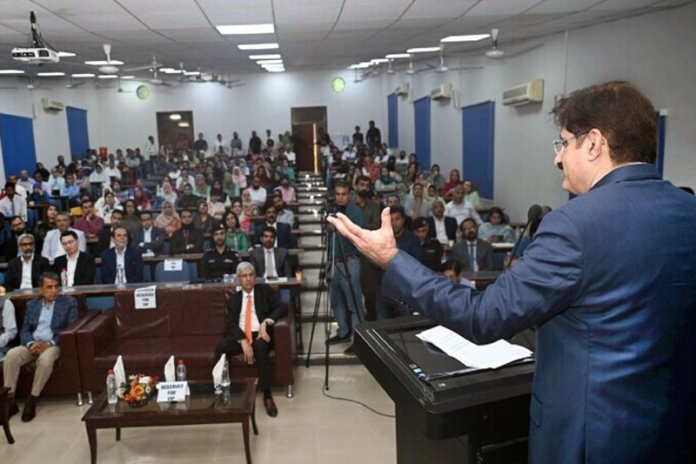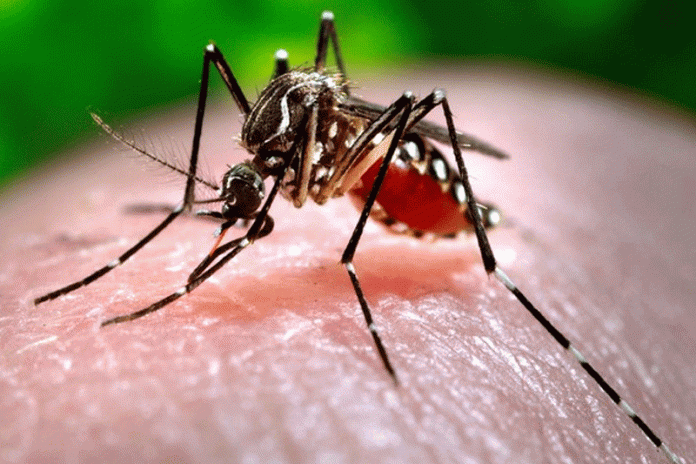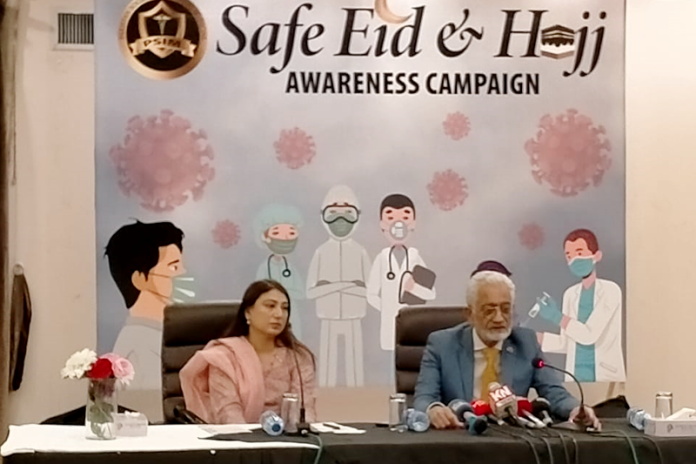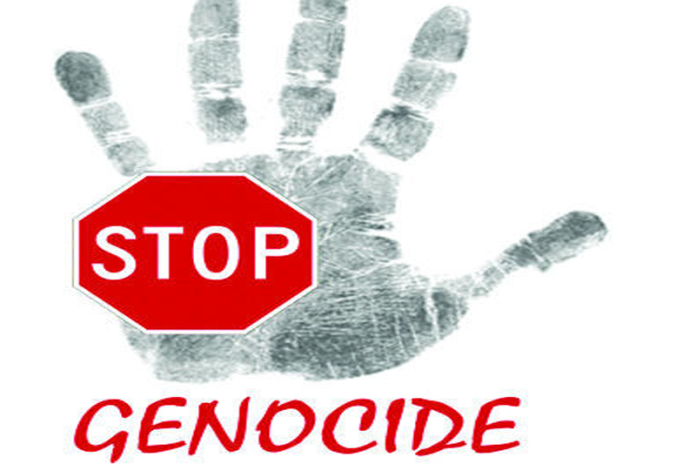Dengue and other diseases’ onslaught

- 253
- 0
After the confirmation of the health department in Sindh province that the number of malaria patients has more than doubled this year compared to the last two years, dengue has also started to raise its head for a few days.
According to official statistics, 31,000 cases of malaria have been reported in Hyderabad division alone during August, while 828 dengue patients have been brought to hospitals in recent days, but no death has been reported.
Malaria and dengue fever are caused by the bite of two different species of mosquito. Ignorance, climatic conditions, lack of sanitation and lack of preventive measures in rural areas lead to breeding of all kinds of mosquitoes. Malaria and dengue tests are expensive and beyond the reach of the poor. This is why malaria is called a disease of the poor.
Meanwhile, cases of dengue fever are increasing rapidly in Punjab, Khyber Pakhtunkhwa and the federal capital Islamabad, and the coming two months are likely to increase and spread. Monsoon season is going on across the length of the country due to which rain water is standing in many places these days which needs to be drained immediately. In rural areas, the majority of the population sleeps in the summer season with windows and doors open or in the open. In this context, while the health department and local authorities should ensure mosquito spray, the citizens themselves should protect their homes from mosquitoes.
A minimum of mosquito repellent should be used. The specific dengue mosquito lays its eggs in clean water, so clean water containers in homes should be well covered to prevent the breeding of this mosquito.
Meanwhile, there are reports of an alarming increase in malaria fever cases across Sindh. So far, 2 lakh 69 thousand in the province, 1 lakh 32 thousand in Hyderabad Division, 66 thousand in Mirpur Khas, 48 thousand in Larkana, 11 thousand in Sukkur, and 5 thousand in Benazirabad. About two thousand cases have been reported in Karachi. On the other hand, dengue fever is also spreading rapidly in the country, especially in Rawalpindi, the number of its patients is increasing rapidly. Before the situation gets out of control, the provincial health departments and the local bodies should take concrete steps to tackle malaria and dengue with immediate attention.
Malaria is spread by mosquitoes and its alarming rate worldwide can be estimated from the statistics given, according to which 350 to 500 million people are infected and 1 to 3 million die each year. go The reasons for its prevalence are generally linked to poverty.
The World Health Organization has expressed the fear of an increase in the rate of malaria and dengue due to heavy rains and floods in Pakistan.
Symptoms of malaria include high fever with chills and severe body aches. The mosquito is the eternal enemy of man, the effective way to prevent it is to stop its breeding. Citizens can be protected from it by spraying mosquito repellent inside their houses, by putting nets on the doors and windows.
Poor sewage system is also a major breeding ground for mosquitoes, so the local bodies of the country have to ensure mosquito spraying and other measures.
The sudden rise in dengue, malaria, eye and skin infection cases has set the alarm bell ringing as the health officials also fear an imminent outbreak of dengue in coming weeks. As many as 60 new cases of the mosquito borne diseases surfaced across the country during the past 24 hours, which speaks volume of the gravity of the situation. A large-scale awareness campaign together with anti-dengue measures is need of the hour to control the menace before it spirals out of control. There is also needed to prevent misinformation about dengue and to encourage people to take precautions. For instance, many people believe that the dengue mosquito can bite only at dawn and dusk as it is active only at that time. But research suggests that the Aedes mosquito which cause the spread of dengue bites are active during the day as well, especially two hours after sunrise and before sunset. It may be mentioned here that the country has been facing many outbreaks of dengue since 1994, with some big outbreaks reported in 2005, 2011 and 2019 and this year could also become a major outbreak. Meanwhile, the medical experts say that in the wake of flash floods, the next two months would be extremely crucial as not only dengue but the spread of other diseases is also looming large and emergent steps are needed to avert the danger. Meanwhile, the Skin infection is also on the rise beside abdominal disease after the flash floods and the situation can become out of control if immediate steps were not taken. To start with, the Federal and provincial government must ensure anti-dengue mosquito sprays at the hotspots in the urban centres and other districts to control the situation in the post-monsoon scenario. Meanwhile, the Director General Health Services Khyber Pakhtunkhwa said , 11 cases of chicken pox have been reported in Khyber and 13 in Chitral.
It was reported that health teams have been sent to the affected districts. Chicken pox is not a dangerous disease, but the infected patient can spread it to others. The duration of chicken pox is 5 to 10 days and it spread as it is contagious and as such hospitals have made separate wards for chicken pox patients.
Published in The Daily National Courier, September, 12 2023
Like Business on Facebook, follow @DailyNCourier on Twitter to stay informed and join in the conversation.























